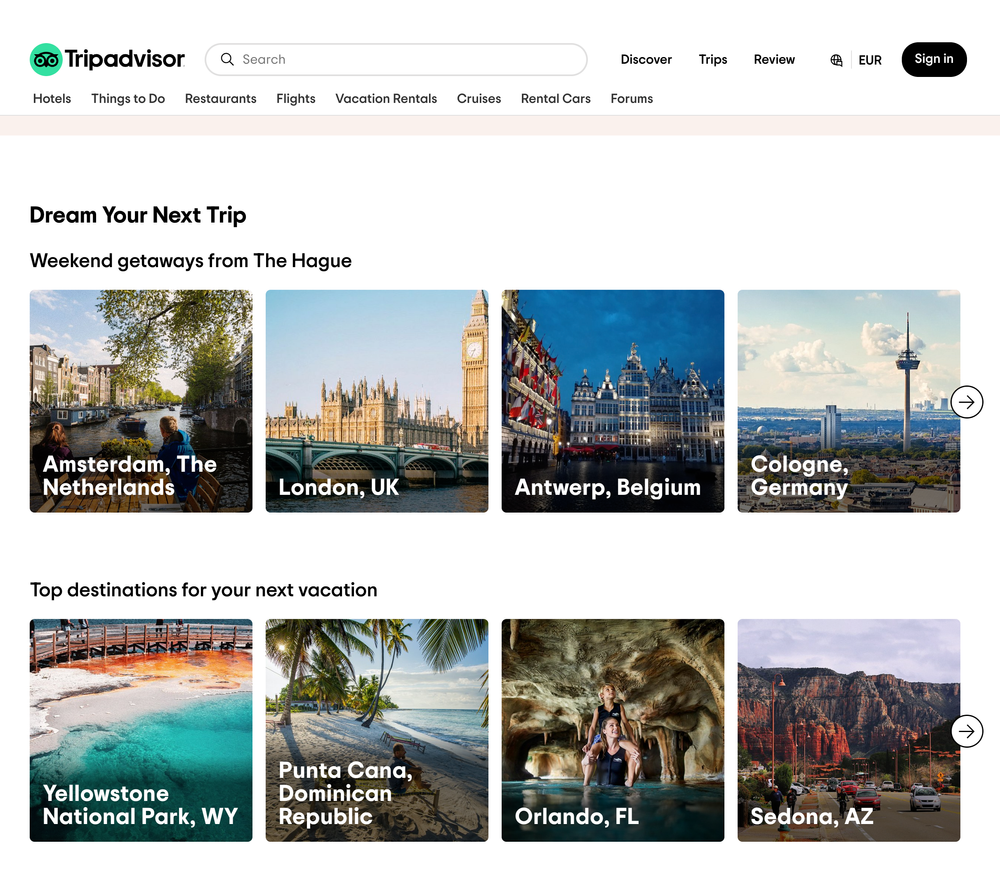Content personalization could be the solution you’re looking for to ensure you stay ahead of the competition. Rather than showing every visitor the same content, you can tailor it to the individual, providing a far more relevant experience for each and every user. This powerful marketing technique is used by many of the most successful online businesses, and can really help you increase conversion rates.
Read on to discover how the following 12 content personalization examples attract brand-new customers, and keep the attention of their existing users time after time.
Netflix
With so many great TV shows and movies available nowadays, it’s hard to know what’s worth your time. Using content personalization, Netflix makes the choice easy by implementing advanced machine learning and powerful search algorithms to provide a tailor made list of the content you’ll enjoy. Netflix uses several tools to point users in the right direction.
Because You Watched
Netflix collects data from each subscriber, such as previous watch history, user behavior, and data pathways. This data is fed into powerful algorithmic tools to accurately suggest new movies or shows for users to enjoy.
Alerts Icon
Each user has an alert button, which shows them new recommended content, new releases, trailers for their favorite shows and movies, and reminders to pick up where they left off on a series or movie. This content is built up using information such as subscriber preferences and data pathways.
Top Picks For You
Similar to the ‘Because you watched’ feature, this tool uses search and data history, combined with data pathways, to suggest content that relates to a user’s favorite choices and lists.
My list
This final feature allows users to personally pick the content that they are interested in. By adding to a list of movies or shows that they currently watch, or want to watch, subscribers allow Netflix to gain a wide array of information to feed into their algorithms and power the other features.
Nike
Perhaps it’s the footwear, but Nike seems to go the extra mile when it comes to content personalization. With not 1, but 6 different, though interconnected apps, Nike is able to offer an exceptional customer experience. Nike+ is the main app, and features personalized recommendations based on the users search history, previous purchases, and personal preferences, as well as location data.
Two other Nike apps monitor fitness goals, while a fourth is dedicated to lovers of the famous sneakers and offers personalized information regarding local events and new releases. The fifth app scans jersey tags and uncovers exclusive offers and content, while the final app is capable of controlling connected footwear







